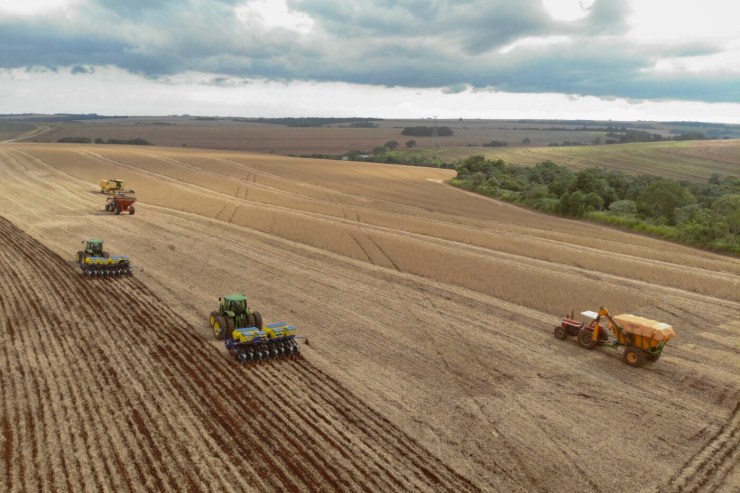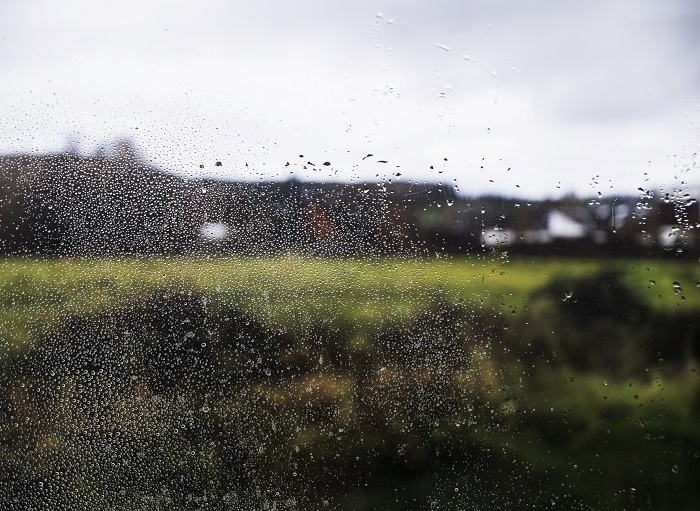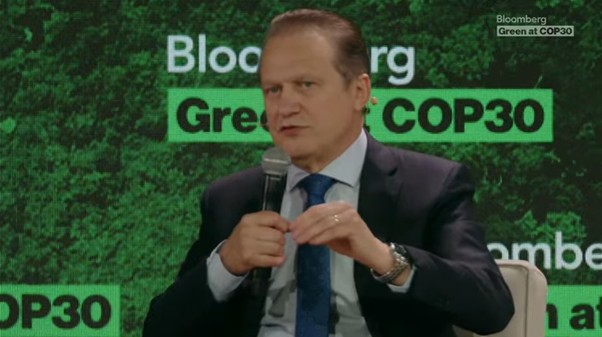The 2025/2026 Harvest Plan, recently announced with fanfare and promises, brings a new development that may seem technical, but which hides a fundamental problem: the mandatory compliance with the Agricultural Zoning of Climatic Risk (ZARC) as a condition for access to rural credit with subsidized interest and subsidized rural insurance.
In fact, the Plan arrived with promises of support, development, sustainability, and all that nonsense they recite with a technical accent and the scent of an air-conditioned room. But in the field, it's a different story: if you don't have a consultant, a tractor with Wi-Fi, or are part of Faria Lima's advertising campaign, the harvest plan can turn into a harvest without a plan.

Photo: Gilson Abreu
Now, the government has decided that the Agricultural Climate Risk Zoning (ZARC) will be the new agricultural constitution. Only those who comply will plant. Anyone who dares to deviate from the "ideal window," even due to unseasonable rain, a broken tractor, or simply life's realities, loses their right to agricultural insurance. And credit with decent interest rates? It's gone with it, running faster than a November flood.
Well, gentlemen, ZARC, which was created to guide, now judges, punishes, and excludes. And the farmer, who was once protected by the State, has become a defendant in the system. This is climate bureaucracy as a tool for rural selection. In practice, what we have is agriculture under meteorological surveillance, where seeds can only sprout with a certificate, password, and stamp.
In theory, this is a risk management measure. In practice, it's a silent exclusion mechanism. Producers who fail to plant within the "climatic window" defined by ZARC lose their right to insurance and may be locked out of credit. This means that those who need protection most—the farmers at real risk—will be the ones excluded from the official support system.
Meanwhile, large producers, with technical consulting and digital models, can easily comply with zoning regulations and still secure low-interest bonuses and financial protection. ZARC, which began as a guidance tool, is being transformed into a social selection filter within Brazilian agricultural policy.

Photos: Disclosure/OPR Archive
And the government, instead of expanding technical assistance, adapting zoning to regional realities, and offering a gradual transition, simply rams the rule down people's throats. The result? Thousands of small and medium-sized producers, especially those in family farming, in the Semiarid region, and in agricultural frontier areas, could be left out of the game, without even understanding why.
This measure appears to respond more to the appetites of banks and insurers than to the needs of rural areas. It aligns agricultural policy with the financial market, transforming rural credit into a calculated-risk product, accessible only to those already in the loop.
The question remains: what is the true role of the State in Brazilian agriculture? If it's simply protecting credit and statistics, agricultural policy becomes a spreadsheet. If it's ensuring food sovereignty, equity in the countryside, and the sustainability of family farming, then the logic needs to be different: technical transition with social justice and local adaptation.
If agriculture is the art of dealing with the unpredictable, the new model aims to make it an exact science, but only for those who can afford it.




